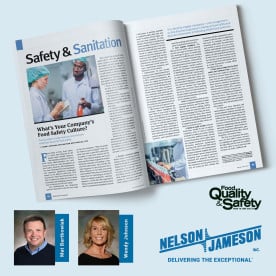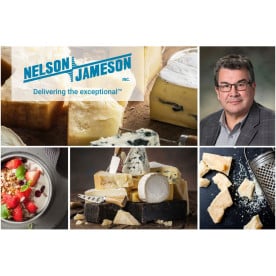Monthly Archives: February 2016
- February 10, 2016
Six years ago, I had the honor of going back to school. Before you start envisioning a Rodney Dangerfield ‘80’s movie, I can assure you that it wasn’t that kind of school. Yes, it took place at the renowned party academic institution of the University of Wisconsin-Madison, but this was cheese school. The Wisconsin Cheese Tech Short Course, to be exact. I had just joined Nelson-Jameson, Inc. after working in the retail and merchandising industry for a decade, and I needed to learn about the core business of my new employer. So, like many of my colleagues before me, I was sent to Madison for a week of immersive classes provided by the UW’s Center for Dairy Research, one of the world’s premier dairy research institutions with which Nelson-Jameson has always held a close relationship.
Taught over the course of a week, the Cheese Tech Short Course
- February 03, 2016
Pest control certainly doesn’t top the list of most people’s passions in life. In the food industry though, there is no avoiding the consistent threat to human health and to your operation’s success that pests pose on a relentless, daily basis. This reality motivates us at Nelson-Jameson to be passionate about keeping our customers supplied with the right tools for the right pest control jobs.
We recently mailed out our newest Pest Control Products Sale Flyer featuring an array of products that can help keep you on top of your pest control regiment. You’ll find sales pricing on an array of products including Shat-R-Shield bulbs and Insect-O-Cutor units. Keep an eye out for the flyer in your mailbox or take a look at a PDF version right here. To browse our extended selection of pest control products click





